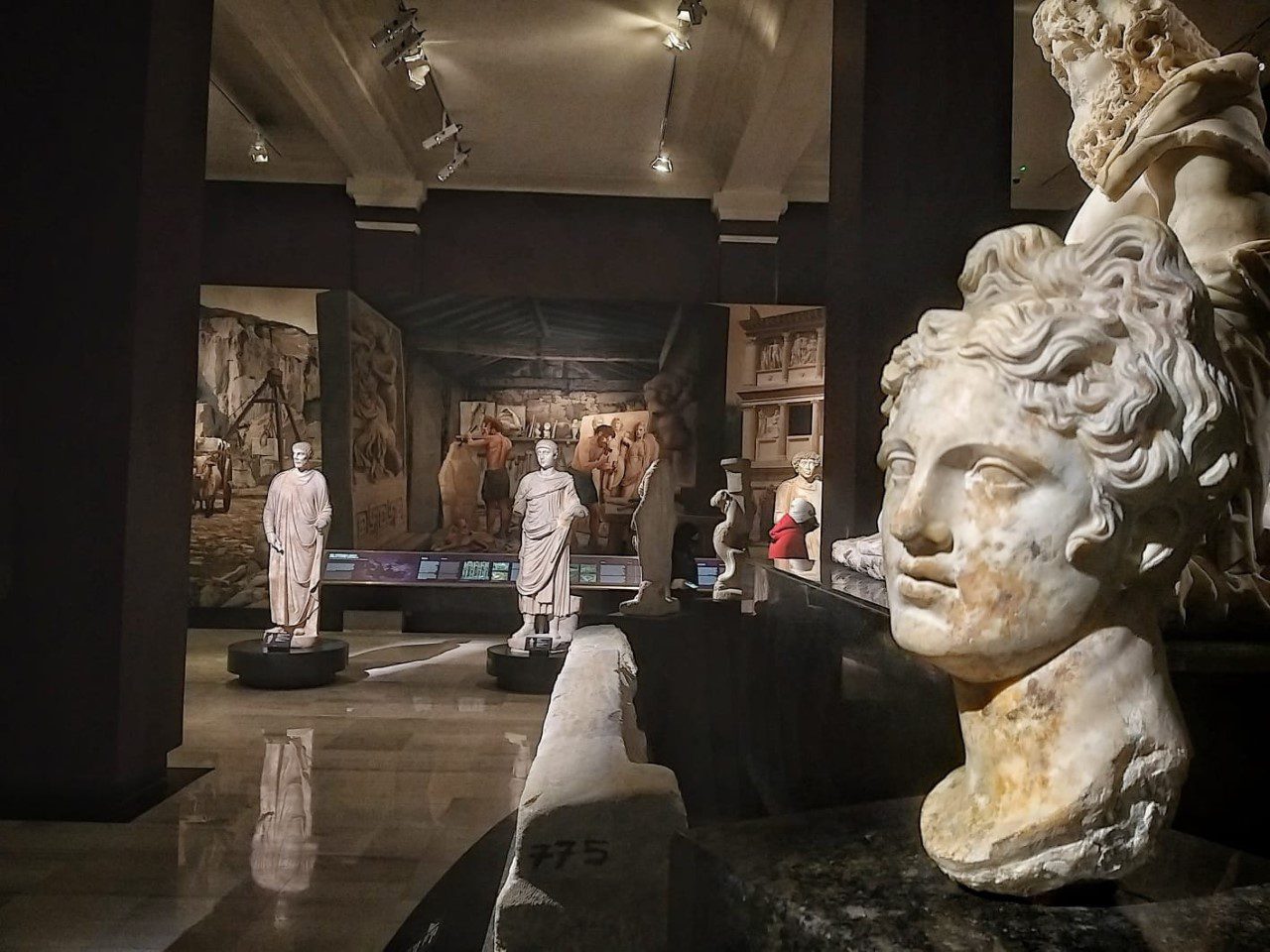Archaeology museums play a vital role in preserving and showcasing our rich cultural heritage. They serve as windows into the past, providing valuable insights into ancient civilizations, their customs, and their achievements. In this blog post, we will explore the significance of archaeology museums, with a particular focus on the fascinating Istanbul Archaeology Museums. From ancient artifacts to oriental works of art, these museums offer a captivating journey through time and history.
Archaeology Museums Introduction:
Archaeology museums are dedicated to preserving, studying, and displaying artifacts and remains from past civilizations. They provide a glimpse into the lives of our ancestors, offering a better understanding of their culture, art, technology, and societal structures. By exploring these museums, visitors can journey through time, unraveling the mysteries of bygone eras. One exceptional example of an archaeology museum is the Istanbul Archaeology Museum, located in the vibrant city of Istanbul, Turkey. These museums are home to a remarkable collection of artifacts, ranging from ancient Oriental works to Hittite treasures, providing a comprehensive overview of the region’s rich history.


Istanbul Archaeology Museums: Preserving the Past
The Istanbul Archaeology Museums comprise three main sections: the Archaeological Museum, the Museum of the Ancient Orient, and the Tiled Kiosk Museum. Each section offers a unique and immersive experience for visitors.
Archaeological Museum
The Archaeological Museum showcases a diverse range of artifacts from various civilizations. Exhibits include ancient Greek and Roman sculptures, sarcophagi, and intricate jewelry. Visitors can explore the impressive collection of Egyptian artifacts, including mummies, statues, and hieroglyphic inscriptions. The museum also houses a remarkable collection of Troy artifacts, shedding light on the legendary city and its connections with Greek mythology.


Museum of the Ancient Orient
The Museum of the Ancient Orient focuses on the civilizations of Mesopotamia, Anatolia, and the Levant. It displays ancient Oriental works of art, such as intricately carved reliefs, cuneiform tablets, and monumental statues. The museum’s highlights include the famous Treaty of Kadesh, one of the oldest surviving peace treaties, and the Ishtar Gate, an imposing structure from ancient Babylon.
Tiled Kiosk Museum
The Tiled Kiosk Museum, also known as the Museum of Turkish Tiles, showcases a stunning collection of Ottoman tiles and ceramics. It provides a glimpse into the intricate artistry and craftsmanship of the Ottoman Empire. The museum’s centerpiece is the Tiled Kiosk, a beautifully decorated pavilion that once served as part of the Topkapi Palace.


Exploring Istanbul: Beyond the Museums
While the Istanbul Archaeology Museums offer an extraordinary glimpse into the past, the city is a treasure trove of history and culture. Exploring Istanbul provides the perfect opportunity to dive deeper into the region’s fascinating heritage.
Topkapi Palace
The Topkapi Palace is a must-visit destination near the Istanbul Archaeology Museums. This magnificent palace served as the residence of Ottoman sultans for centuries. Its opulent halls and exquisite courtyards offer a glimpse into the grandeur of the Ottoman Empire.


Hagia Sophia
Originally built as a Byzantine church and later converted into a mosque, the Hagia Sophia is an architectural marvel. Its awe-inspiring dome and intricate mosaics make it one of Istanbul’s most iconic landmarks.
Archaeology Museums Conclusion
Archaeology museums provide a gateway to the past, preserving our cultural heritage for future generations. The Istanbul Archaeology Museums, with their diverse collections and immersive exhibits, offer a captivating journey through time. From ancient Greek and Roman artifacts to Oriental works of art and Ottoman ceramics, these museums provide a comprehensive overview of Istanbul’s rich history. Exploring the museums and venturing out into the city allows visitors to delve deeper into the fascinating stories and ancient civilizations that have shaped Istanbul into the vibrant metropolis it is today.
FAQs:
How can I visit the Istanbul Archaeology Museums?
To visit the Istanbul Archaeology Museums, you can check the official website for information on opening hours, ticket prices, and guided tours. The museums are easily accessible in Istanbul's historic district and can be reached by public transportation or taxi.
What are some must-see artifacts in the Archaeological Museum?
The Archaeological Museum houses numerous must-see artifacts, including the Alexander Sarcophagus, the coffin of Tabnit, and the stunning collection of Egyptian antiquities. Be sure also to explore the museum's Greek and Roman sculpture galleries.
Are the Istanbul Archaeology Museums suitable for children?
Yes, the Istanbul Archaeology Museums are suitable for children. The exhibits offer an educational and engaging experience for visitors of all ages. Some museums even offer special programs and activities designed for younger visitors.
Can I take photographs inside the museums?
Photography is generally allowed in the Istanbul Archaeology Museums; however, flash photography and tripods may be restricted. It is always advisable to check the museum's photography guidelines and respect any restrictions for preserving the artifacts.
Are there any nearby attractions to visit after exploring the museums?
Yes, the Istanbul Archaeology Museums are located near other noteworthy attractions. You can visit the nearby Topkapi Palace and Hagia Sophia and take a scenic Bosphorus cruise to enhance further your experience of Istanbul's rich history and beauty.


0 Comment